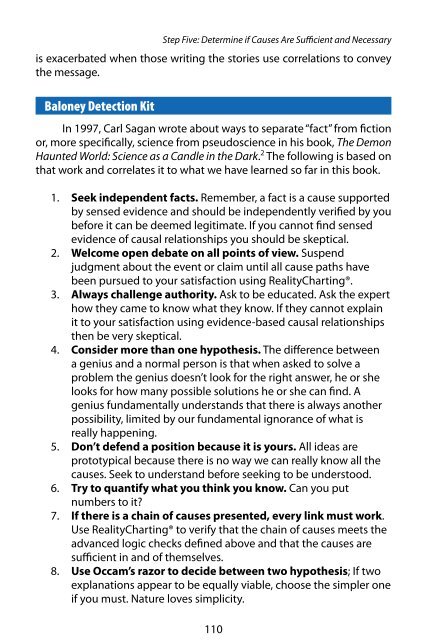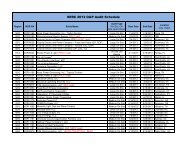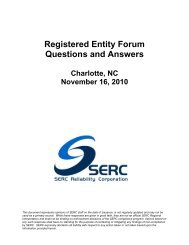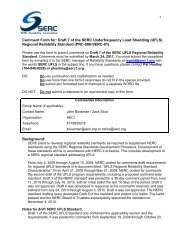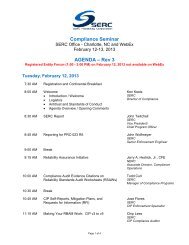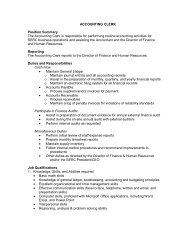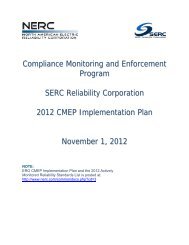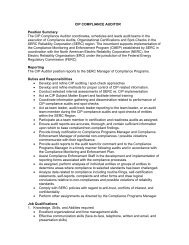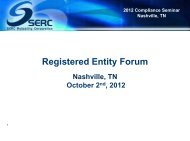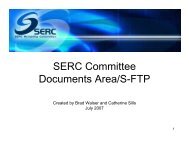RealityCharting e-book .pdf - SERC Home Page
RealityCharting e-book .pdf - SERC Home Page
RealityCharting e-book .pdf - SERC Home Page
- No tags were found...
You also want an ePaper? Increase the reach of your titles
YUMPU automatically turns print PDFs into web optimized ePapers that Google loves.
Step Five: Determine if Causes Are Sufficient and Necessary<br />
is exacerbated when those writing the stories use correlations to convey<br />
the message.<br />
Baloney Detection Kit<br />
In 1997, Carl Sagan wrote about ways to separate “fact” from fiction<br />
or, more specifically, science from pseudoscience in his <strong>book</strong>, The Demon<br />
Haunted World: Science as a Candle in the Dark. 2 The following is based on<br />
that work and correlates it to what we have learned so far in this <strong>book</strong>.<br />
1. Seek independent facts. Remember, a fact is a cause supported<br />
by sensed evidence and should be independently verified by you<br />
before it can be deemed legitimate. If you cannot find sensed<br />
evidence of causal relationships you should be skeptical.<br />
2. Welcome open debate on all points of view. Suspend<br />
judgment about the event or claim until all cause paths have<br />
been pursued to your satisfaction using <strong>RealityCharting</strong>®.<br />
3. Always challenge authority. Ask to be educated. Ask the expert<br />
how they came to know what they know. If they cannot explain<br />
it to your satisfaction using evidence-based causal relationships<br />
then be very skeptical.<br />
4. Consider more than one hypothesis. The difference between<br />
a genius and a normal person is that when asked to solve a<br />
problem the genius doesn’t look for the right answer, he or she<br />
looks for how many possible solutions he or she can find. A<br />
genius fundamentally understands that there is always another<br />
possibility, limited by our fundamental ignorance of what is<br />
really happening.<br />
5. Don’t defend a position because it is yours. All ideas are<br />
prototypical because there is no way we can really know all the<br />
causes. Seek to understand before seeking to be understood.<br />
6. Try to quantify what you think you know. Can you put<br />
numbers to it<br />
7. If there is a chain of causes presented, every link must work.<br />
Use <strong>RealityCharting</strong>® to verify that the chain of causes meets the<br />
advanced logic checks defined above and that the causes are<br />
sufficient in and of themselves.<br />
8. Use Occam’s razor to decide between two hypothesis; If two<br />
explanations appear to be equally viable, choose the simpler one<br />
if you must. Nature loves simplicity.<br />
110


